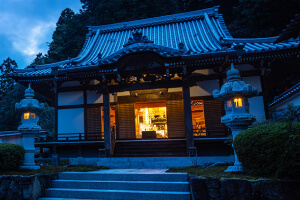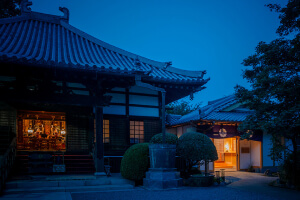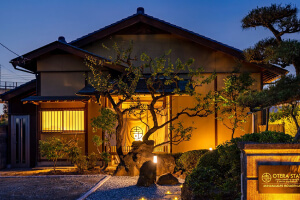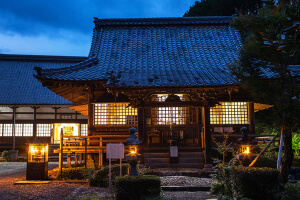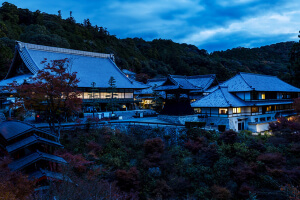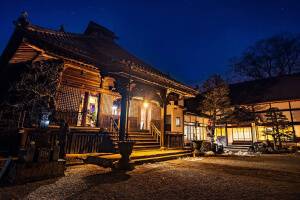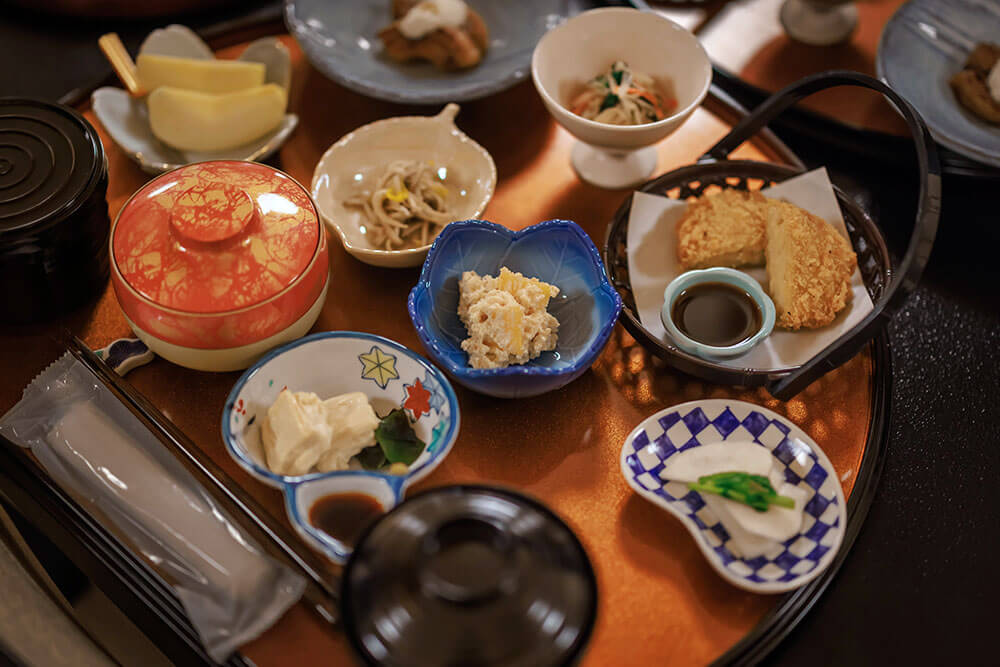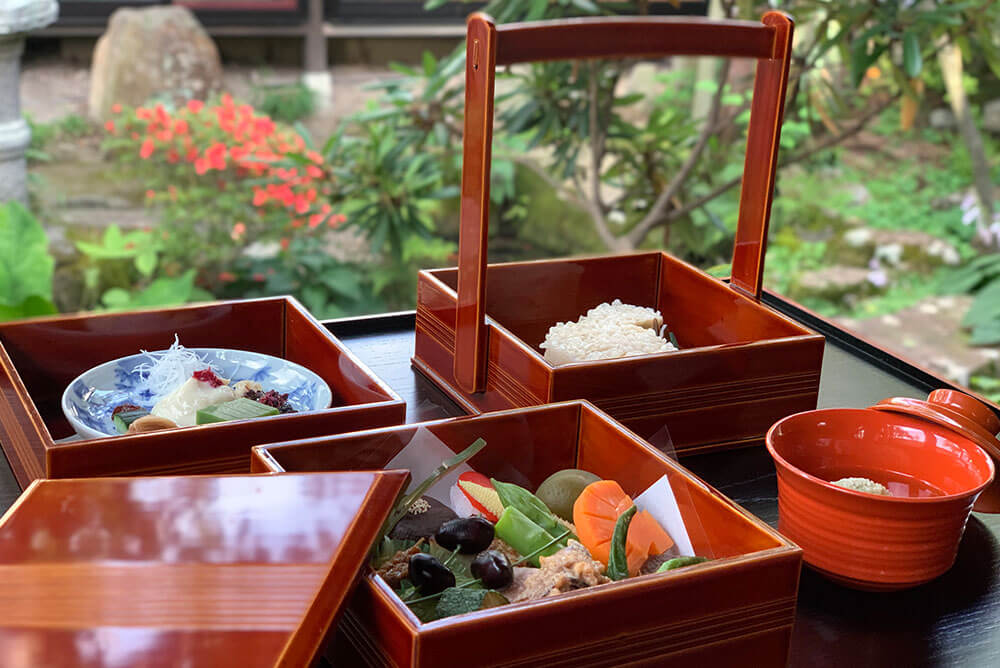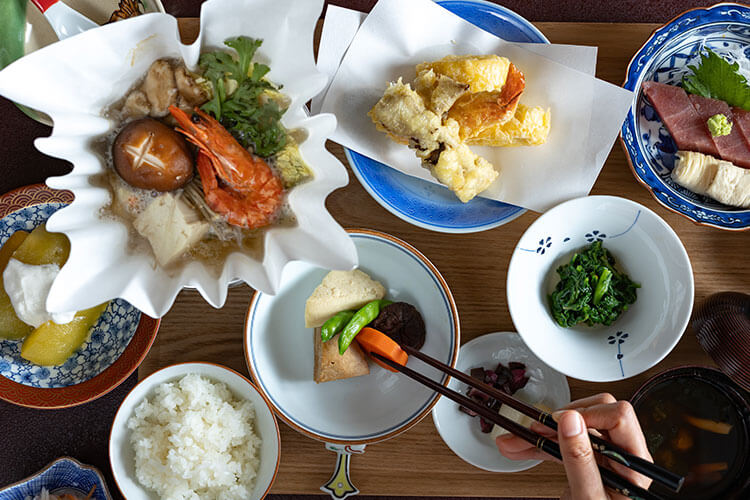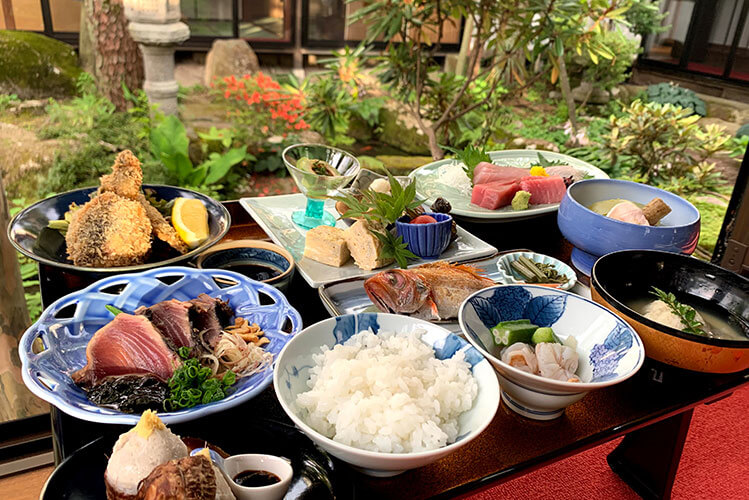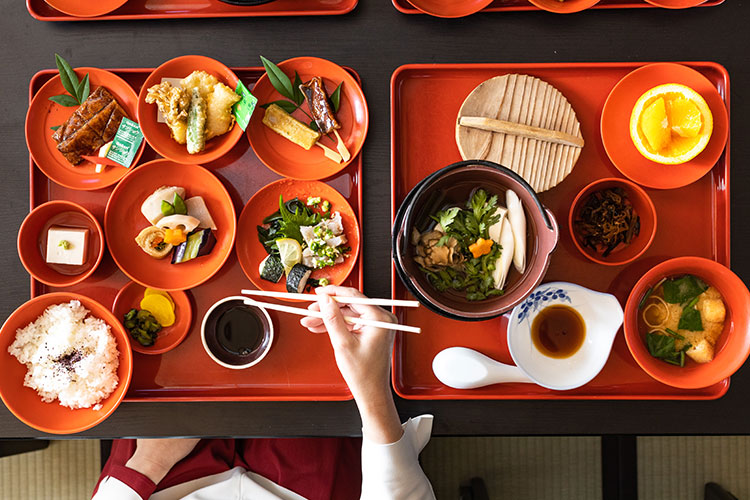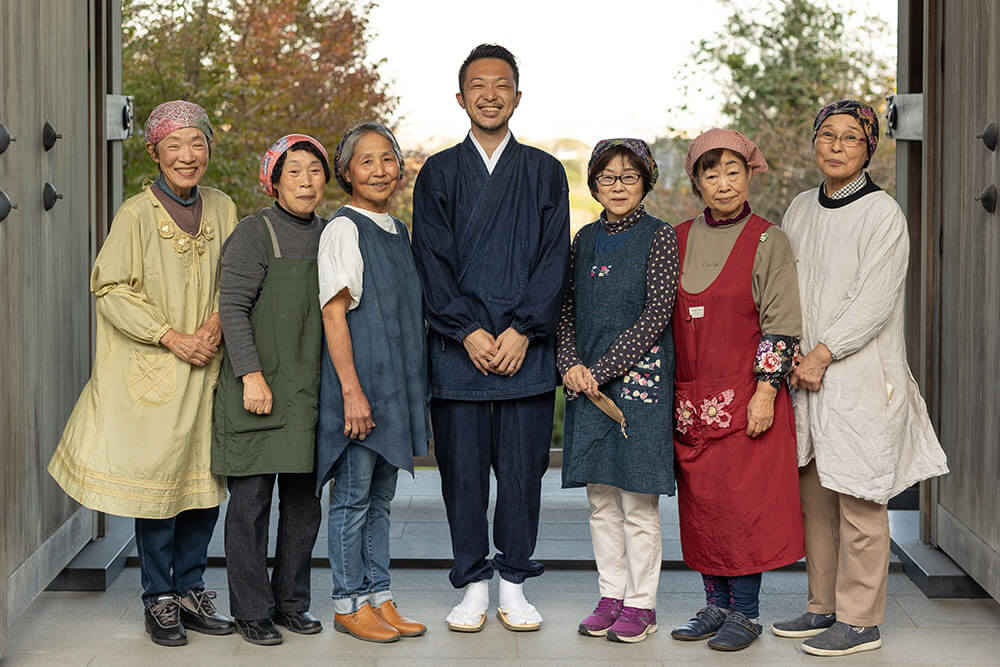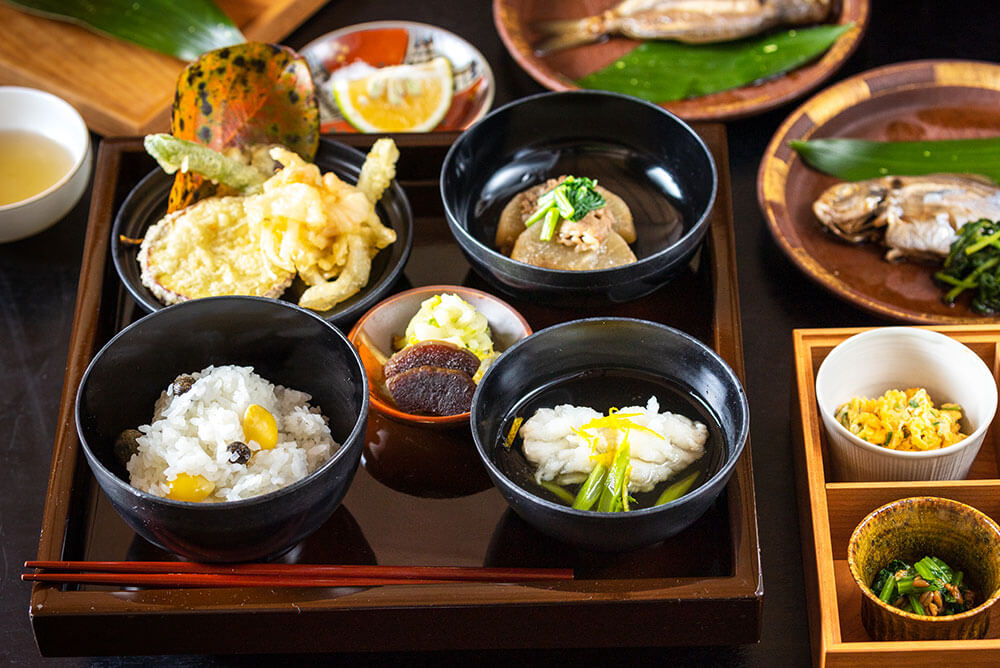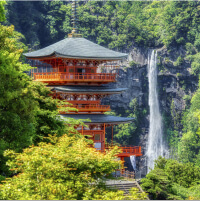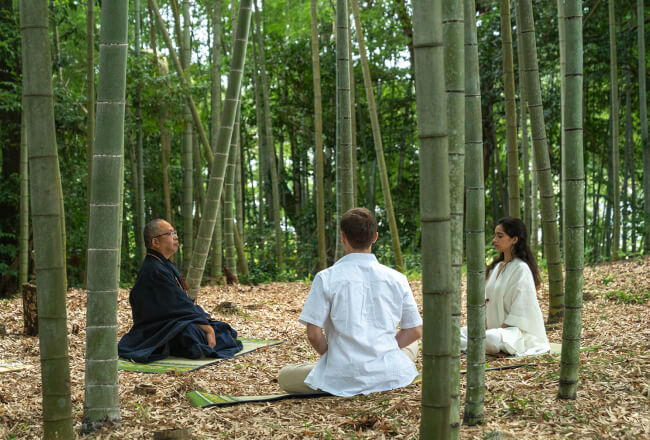
BUDDHIST MEDITATION
Buddhist meditation is a practice aimed at attaining enlightenment. It encompasses diverse methods, from silent sitting to postures like yoga, rooted in ancient Indian traditions. In Japan, Buddhism is divided into various sects, each offering unique meditation practices. Temples provide tailored meditation experiences for guests of all levels, from beginners to seasoned practitioners.
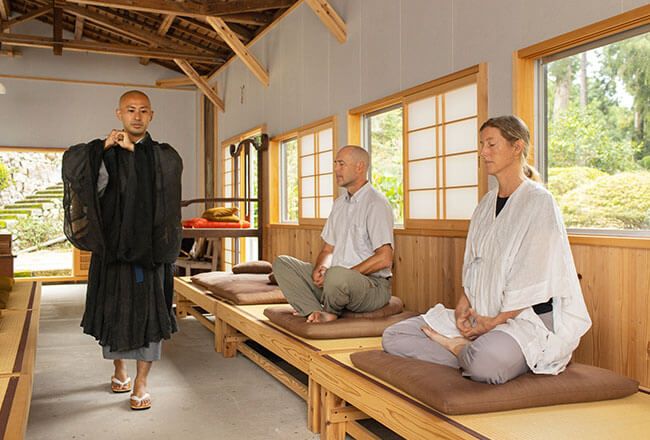
ZAZEN
Zazen is the practice of seated meditation aimed at attaining the state of zenjo (zenna). This practice involves sitting quietly and continuously to stabilize the mind and realize the truth, ultimately leading to enlightenment.
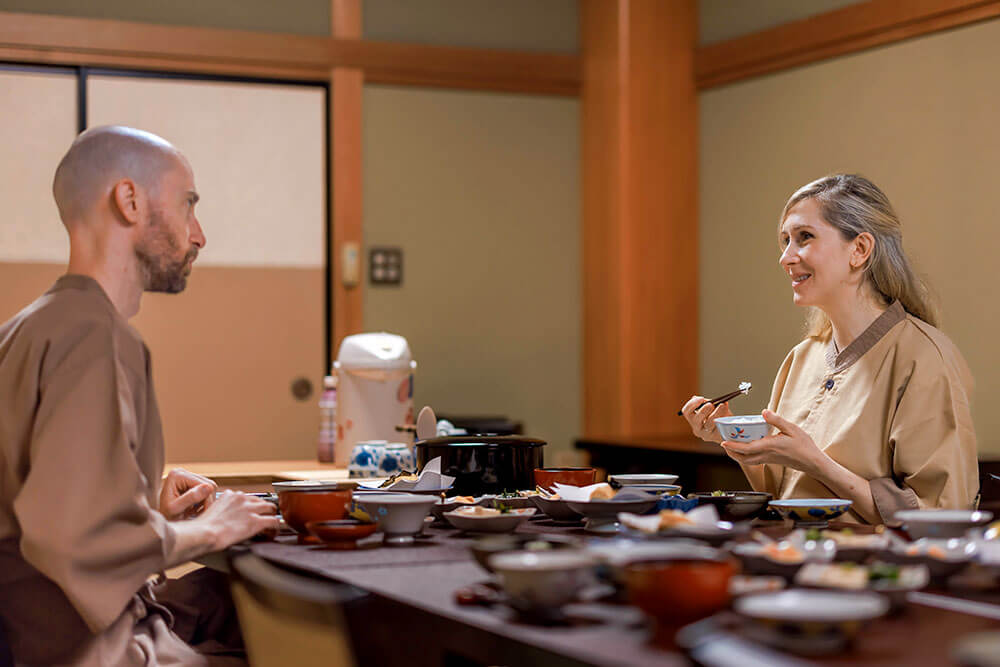
LOCAL FOOD AND GASTRONOMY
Buddhist meditation is a practice for attaining enlightenment.
Meditation is very diverse, ranging from silent sitting to various positions like yoga as far back as the Indian deadlines.
Buddhism in Japan is also divided into various sects, each with different meditations. Each temple offers different meditation opportunities for guests from beginners to experts.
Meditation is very diverse, ranging from silent sitting to various positions like yoga as far back as the Indian deadlines.
Buddhism in Japan is also divided into various sects, each with different meditations. Each temple offers different meditation opportunities for guests from beginners to experts.

Buddhist Vegetarian Cuisine
(Shojin Ryori)
Shojin ryori is a traditional cuisine rooted in Buddhist precepts, crafted primarily from vegetables and prepared without the use of meat or fish
More
Shōjin ryōri, or “devotion cuisine,” is the vegetarian diet adopted by Buddhist monks in accordance with the principle of ahiṃsā, a Sanskrit word meaning “nonviolence” or “compassion for all living things.” There are two types of cuisine that fall under the category of shōjin ryōri: the daily meals of monks-in-training and the luxurious, multi-course meals offered to temple guests. Both are vegetarian and emphasize fresh, natural flavors. However, the monks’ regular meals are prepared entirely from items received through donations or harvested from fruits, vegetables, and nuts they grow or collect themselves. Nothing is purchased. This self-sufficient lifestyle, combined with a strict minimization of waste, has enabled monasteries to endure even during difficult times.
In contrast to the austere meals eaten by monks, the shōjin ryōri served to guests is a display of culinary artistry. The dishes are presented on vivid scarlet lacquerware and arranged on a scarlet tray. There may be three, five, seven, or more dishes, but the meal always consists of an odd number.
Each meal balances the five flavors—sweet, sour, salty, bitter, and umami—by including a food representing each. These dishes are arranged with attention to both flavor and color, incorporating ingredients of red, green, white, black, and yellow. These five colors symbolize the Five Buddhas of Wisdom (godai nyorai) and appear in other Buddhist contexts, such as mandalas and prayer flags. Within shōjin ryōri, they are believed to provide complete nutrition.
In contrast to the austere meals eaten by monks, the shōjin ryōri served to guests is a display of culinary artistry. The dishes are presented on vivid scarlet lacquerware and arranged on a scarlet tray. There may be three, five, seven, or more dishes, but the meal always consists of an odd number.
Each meal balances the five flavors—sweet, sour, salty, bitter, and umami—by including a food representing each. These dishes are arranged with attention to both flavor and color, incorporating ingredients of red, green, white, black, and yellow. These five colors symbolize the Five Buddhas of Wisdom (godai nyorai) and appear in other Buddhist contexts, such as mandalas and prayer flags. Within shōjin ryōri, they are believed to provide complete nutrition.

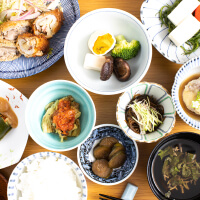
Local Cuisine
Local cuisine refers to dishes that are unique to a specific region, made with locally sourced ingredients, prepared using traditional methods, and passed down through generations within the community.
OTHER TEMPLE EXPERIENCES
-
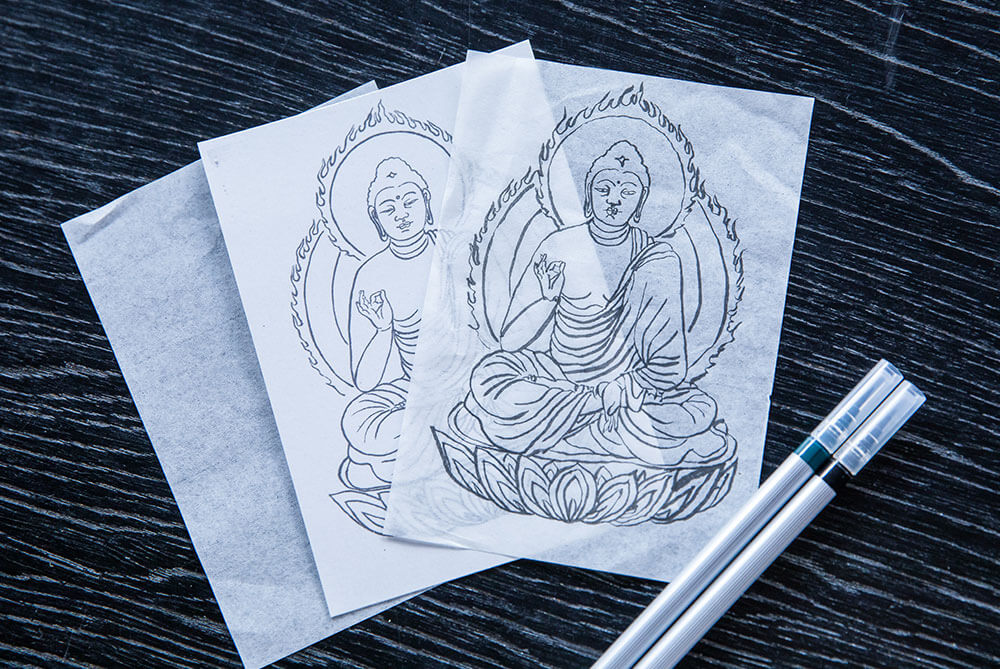
copying Buddhist sutras/picture
-
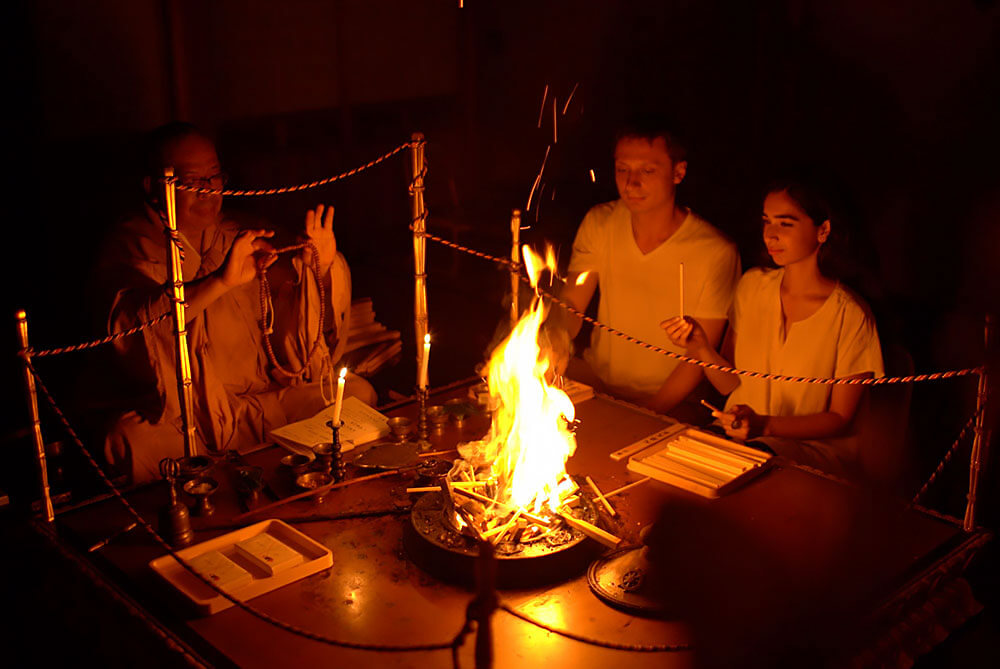
religious services
-
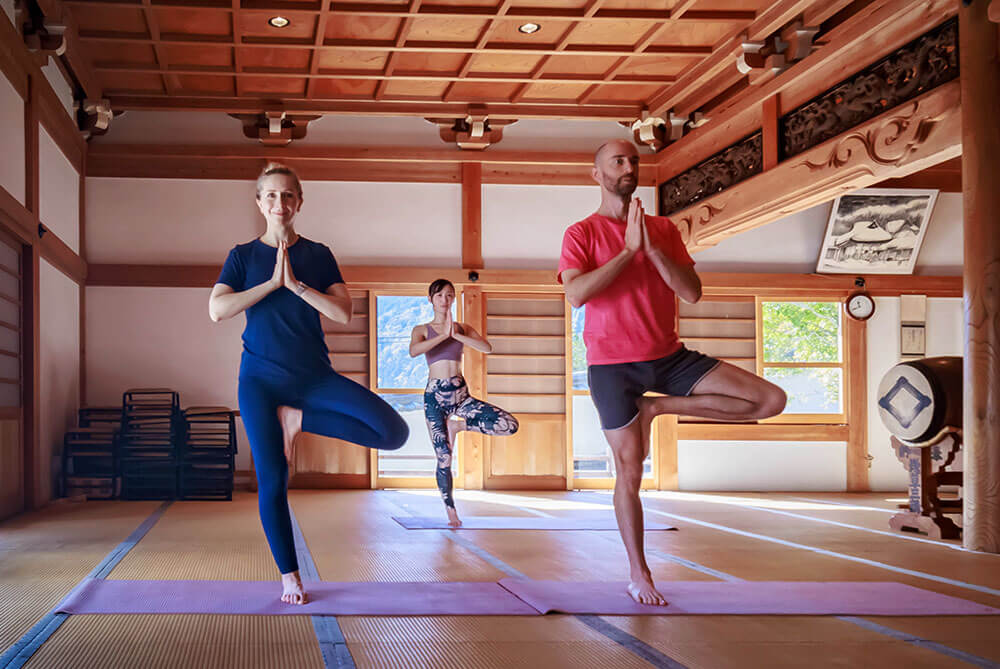
yoga
-
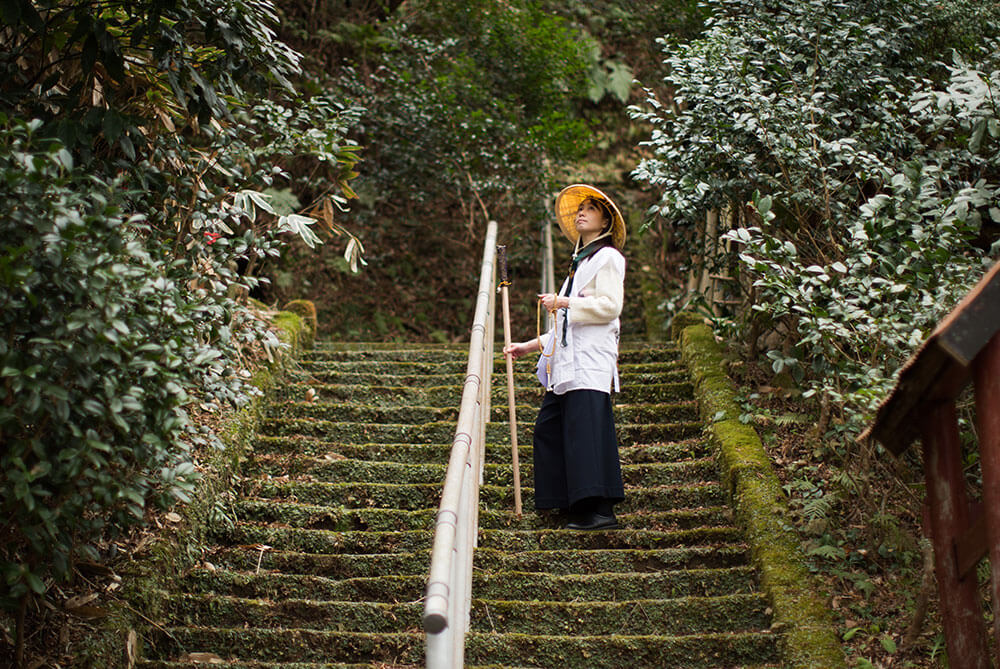
Buddhist training
-
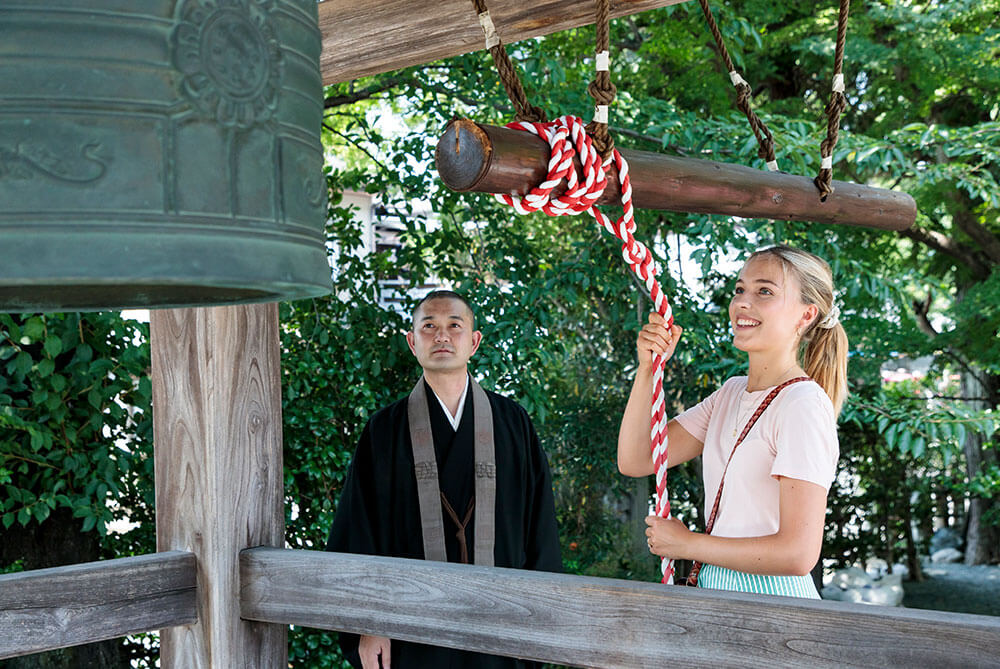
Trail hike at sacred mountain
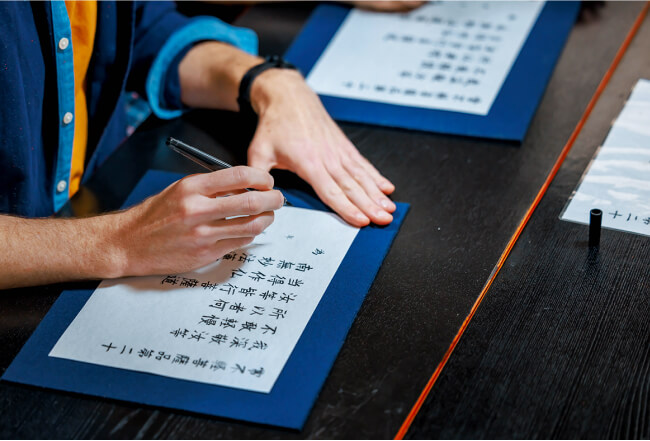
Cultural and Local Experiences
Some aspects of Japanese culture are deeply connected to Buddhism, with tea culture being a prime example. The history of tea in Japan is closely tied to Zen, as powdered green tea was introduced alongside Zen Buddhism. The Japanese tea ceremony, deeply rooted in Zen philosophy, has evolved into a distinctive cultural tradition.
-
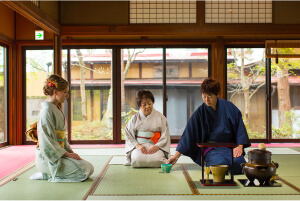
Tea Ceremony
TEMPLE HOTEL ZENKOJI -
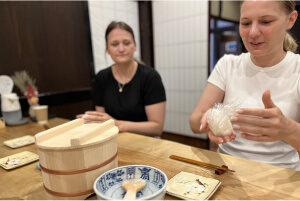
Cooking
TEMPLE HOTEL ZENKOJI -
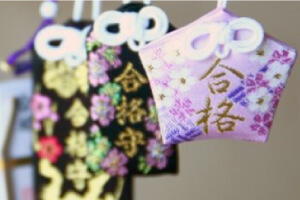
Making Amulets
TEMPLE HOTEL HOUKOU-JI






